Learn these flower-growing skills, and the waste can be turned into plant fertilizer, which can bloom continuously without spending money.
After learning these gardening tips, you will find that all the waste materials produced in life can be turned into fertilizer for flowers. As long as they are properly treated, they can be turned into nutrients for plant growth. Let's see what tips you know.
1, rich bamboo why put nails do not leaf yellow?
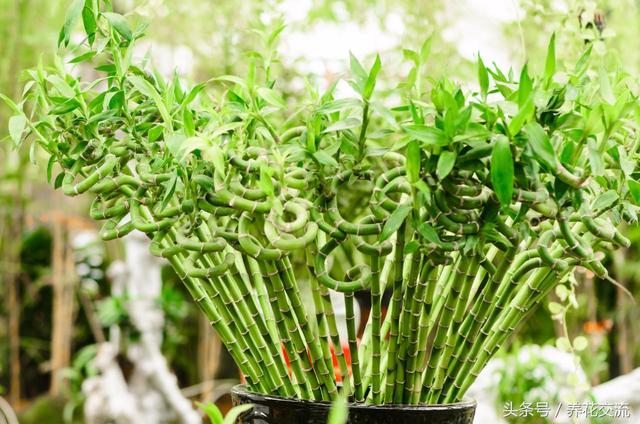
There are many reasons for the yellow leaves of Fugui Bamboo. The favorite environment of Fugui Bamboo is warm and slightly moist, ventilated and bright environment. If these requirements cannot be met, even if nails are placed in Fugui Bamboo, the yellow leaves of Fugui Bamboo cannot be avoided.
Bamboo is a plant that likes iron very much. The oxidation process of rusty nails in water or soil can produce iron that bamboo can absorb. Only trace amounts are needed to improve plant growth.
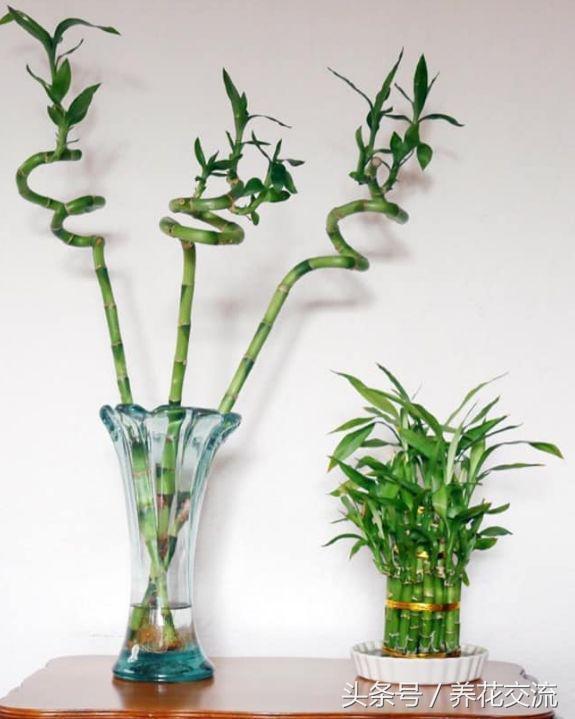
This is also why some water quality needs to be replaced when it is not good or turbid, because those waters have lost their activity and lack some trace elements necessary for plant growth. Plants also change water and soil because there are no nutrients and trace elements in the water or soil that promote plant growth.
2. The benefits of composted tea flower cultivation
Prepare a vat, fill it with water, add some compost, and make composted tea. It takes 4 to 5 days. The process needs to be properly stirred every day and placed in a ventilated and warm place.
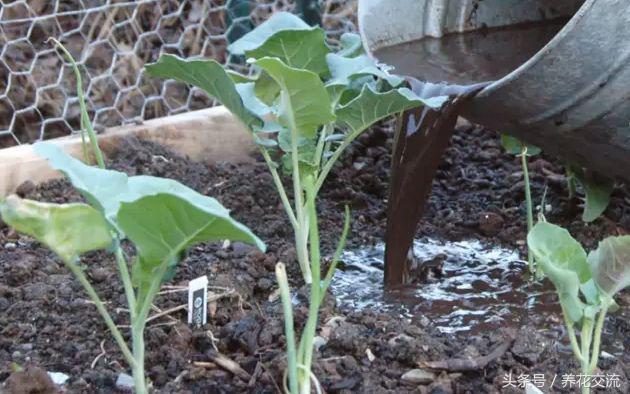
After 4 to 5 days, the residue inside can be filtered out, and the residue can be filtered directly with gauze, and the obtained liquid is organic liquid fertilizer.
These composted teas are excellent organic liquid fertilizers, they are rich in various nutrients, but also a variety of beneficial microorganisms, not only to supplement the plant's adequate nutrients, absorption rate will be faster, but also to prevent pests and diseases.
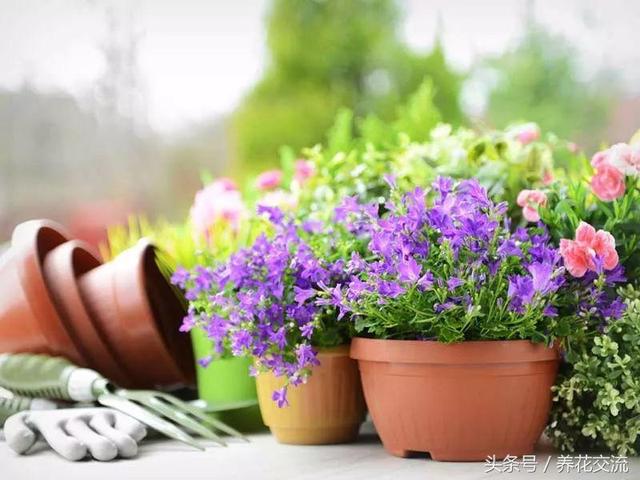
These composted teas can be poured directly onto the leaves, not on the flowers. It can also prevent fungal infections and resist pests. The sprayed leaves must be mixed with water to avoid excessive burns on the leaves. The concentration can be seen in its color. After mixing with water, it will be like the color of clear tea.
3. Various benefits of beer watering
In the growing season of plants, when preparing to breed buds, you can use some beer left over from drinking water, combined with some thin liquid fertilizer, which can make flowering plants grow better, indirectly promote flowering, and plant absorption will be better, especially for Clivia.
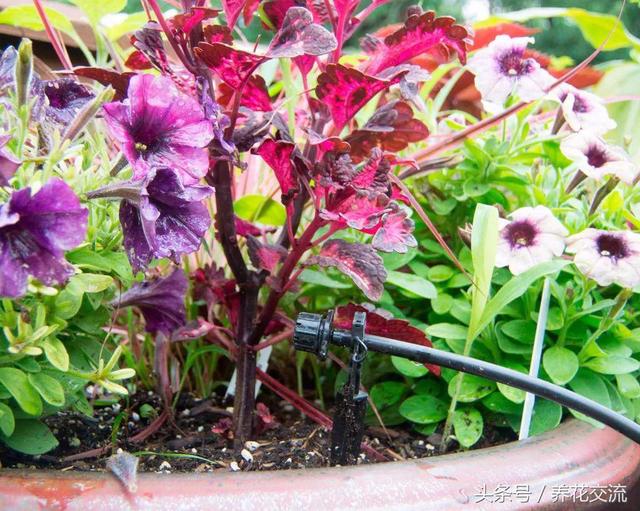
Beer watering flowers is also exquisite, of course, can not be sprayed directly beer, but mixed with water after spraying, if it is used to irrigate the pot soil, then use beer mixed with water 1:40 ratio, if it is directly used to spray on the plant, then use beer mixed with water 1:50 ratio, this can make the leaves of the plant grow oily and smooth.
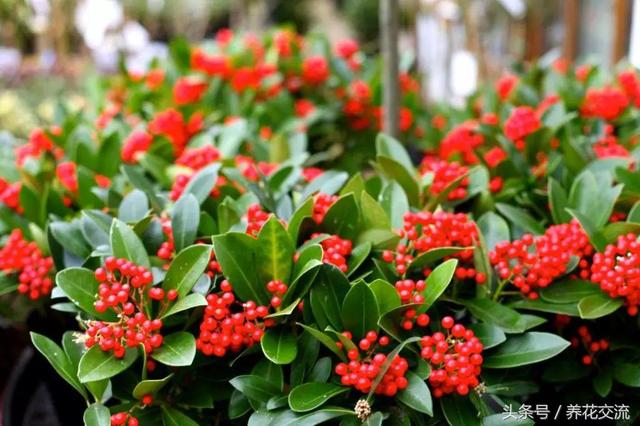
Some foliage plants can be wiped directly with beer, and do not need to dilute with water, as long as the preparation of wet paper towels or soft cloth, standing on beer can gently wipe the leaves, leaf surfaces and leaf backs can be wiped evenly, some large foliage plants are more appropriate.
4. Soup for cooking vegetables and watering flowers
The fat water produced when vegetables were cooked could also be used to water flowers directly, but seasonings such as oil and salt could not be added. The fat water after vegetables were cooked in clean water could be used to water flowers after drying to room temperature.
When all kinds of vegetables are hot water once, the soup obtained should not be poured out. It can be placed in a container and dried to normal temperature. It can be used to water flowers. It is a very practical skill to make plants grow more vigorously.
5, tea residue, coffee residue waste utilization methods:
Coffee grounds contain 2% nitrogen, but plants can not decompose it, if directly thrown into the soil, natural decomposition is very slow, and the decomposition process will produce heat, will burn the roots of plants, so generally sealed fermentation and then mixed into the soil, so it is beneficial and harmless.
You can mix 20-25% coffee grounds into compost, which takes a while to accumulate. If you put too much, it will inhibit beneficial microorganisms, so don't put too much. Other compost materials can choose grass clippings, hay, fallen leaves, peel and kitchen waste.
Fermented and then mixed with soil, rather than directly poured into the pot, because only after fermentation can be absorbed by the flowers of nutrients, in the fermentation process generated heat will burn flowers.
Tea bags or tea leaves can be composted, of course, if some plastic bags of tea bags, it is best to tear open the bag and reuse the tea leaves for composting, they can increase the nitrogen in the compost soil, better attract beneficial bacteria.
Tea bags can be used to water flowers, of course, but also diluted with water, this and rice watering a reason, diluted tea water is a very good liquid fertilizer, they contain relatively high minerals, carbohydrates and other nutrients, can help plants grow well.
- Prev
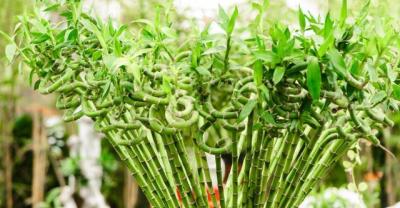
Seemingly useless little things, grow flowers in the pot to rub long, old florists are when the baby scrambled for it!
There are many seemingly useless things in life, but they are actually flower-growing babies, such as coffee residue left over from grinding coffee, which is a very good nitrogen fertilizer after fermentation.
- Next
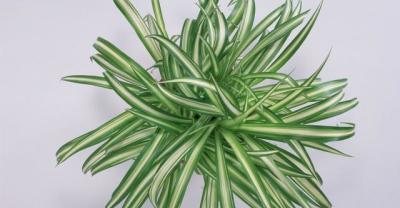
A little knowledge of flower cultivation: using these peels to fertilize and water flowers unexpectedly has these benefits!
Eating fruit can not only increase rich nutrition, but also beauty, but you know, the peel of fruit into flower fertilizer, is also super good, can make leaves.
Related
- What if the leaves of potted flowers turn yellow?
- Florescence Control of several Flowers
- Anti-freezing technology and post-freezing nursing technology of flowers
- What is the classification of flowers? What are the common methods of flower classification?
- Prevention and control of alkali and acid damage of flowers in courtyard
- Technology of Anti-freezing and restoring growth of Flower seedlings in greenhouse and greenhouse
- How does flower fertilization not hurt the root? Fertilization technology of flowers
- Key points of disinfection in flower greenhouse
- Several pesticides that are banned or used cautiously in flowers
- How to fertilize the flowers that watch the leaves?

